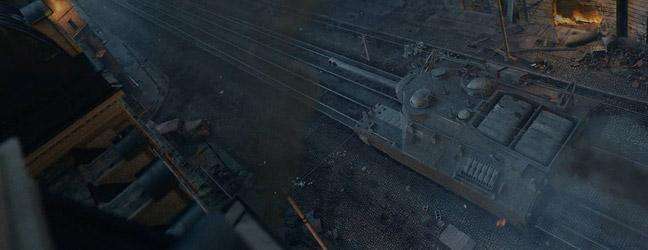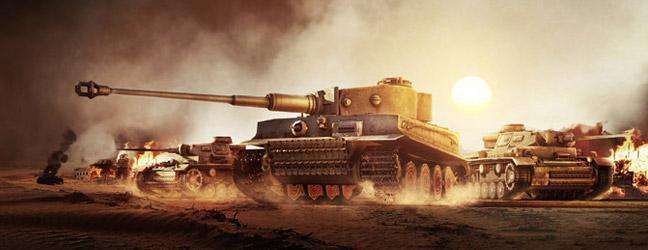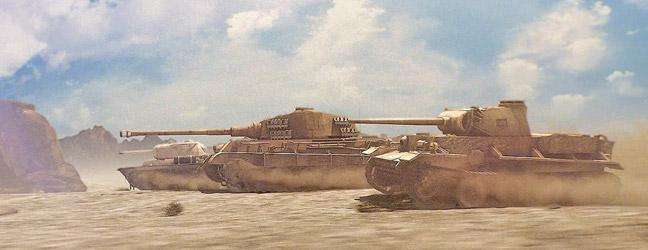Is a "Cast Hull" better?
Дата: 30.01.2022 03:11:45
Draschel: The first mass produced method of fastening plate, and constructing
hulls was riveting. And it was cheap. Even with the extra cost of
material needed for bolts, washers, nuts still cheap. But the major
flaws are the blocky outcomes, and rivets when struck or
compressed, don't act too favorably. And even can be dangerous too
inner crew, turning to be a form of fragmenting shrapnel when
violently, quickly impacted. You see this with dreadnought ship
design, boxy tank designs (Japanese for
instance) Casting came out, to really simply structural
design with molds and vats. This simplified production, and allowed
for more or less standard sizes needed getting formed. It was fast,
and the skill in labor required was less needed, shortened times.
But though casting can fulfill production quotas, there were issues
that were quickly seen. Casting process causes, leaves behind
granular imperfections. Such as specks, scabs. These need to be
grinded out, if not turret jamming could result. Proper fastening
may not be done also, if these specks and scabs interfered. Crew
injury could result, such as cuts and lacerations on jagged
imperfection not noticed. Another big issue, was the
propensity to 'split' along grain. The cast, acting very uniform
and complete as monolith, once struck violently at high
velocity produces tears and splits far larger than imagined would
be otherwise the result from impact. Welding has advanced a
long way, and produces heat treated tensile seamed metals and/or
composites. It is the superior arrangement for armor protection.
But it takes time, it costs more, it is labor intensive. Not only
that, the training the welder needs and must have far outweighs a
production operator typically needs found in manufacturing. A
factory joe can produce within casting facilities. But a
technologist is needed, certified for welding. But the benefits of
welding remain, it cracks less, bonds and alters metal favorably,
Etc. Metal stitching is another more modern process
introduced in oil assembly, manufacturing, repair industry. It is
generally much akin to riveting, but doesn't typically leave outer
structures and fastening visible. This method then, is slightly
superior. It can be done in areas unlike molten casting and
welding, where environmental / adjacent heat sources, sparks SHOULD
NOT be allowed. Like areas around oil rigs where this can be
dangerous, industrial gas stations, or farmer equipment repair
where methane is nearby. It is also useful, for when heat stress
from welding, actually weakens the types of materials and metals.
Metal stitching isn't used often in military, aviation processes,
so not much is known for impact stress and tensile strength, but it
so far performs fine warding typical industry
abrasion.
Is a "Cast Hull" better?














